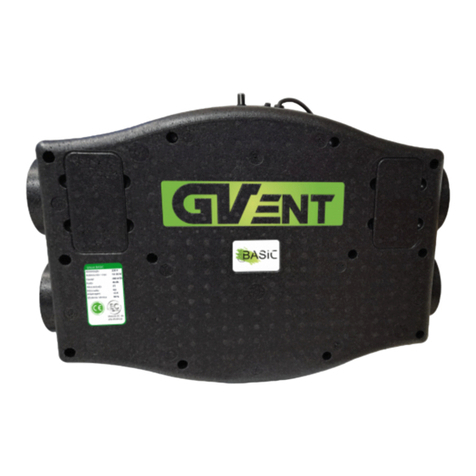
6
Não eliminar os resíduos de equipamento elétrico juntamente com o lixo doméstico.
O símbolo do caixote do lixo barrado com uma cruz neste produto significa que se trata de resíduos de equipa-
mentos eléctricos e electrónicos (REEE) no final da sua vida útil e que não deve ser eliminado com o lixo
doméstico. Elétrico e eletrónico (REEE) no fim da sua vida útil e não deve ser eliminado com o
lixo doméstico.
O símbolo do caixote do lixo barrado com uma cruz indica que o produto está sujeito a planos
obrigatórios de separação de resíduos para uma eliminação correcta. O produto é fabricado a
partir de materiais e componentes recicláveis. O utilizador do produto é obrigado a entregar o
produto que se tornou REEE a uma unidade de recolha de REEE. Os operadores de unidades de
recolha de REEE, incluindo locais de recolha de REEE, revendedores de produtos e outros locais
de recolha de REEE geridos pelas autoridades locais, formam um sistema adequado de elimi-
nação de resíduos. A eliminação adequada de REEE ajuda a evitar efeitos nocivos para os seres
humanos e para o ambiente devido ao risco causado por componentes perigosos que este produto possa
conter. O agregado familiar desempenha um papel importante na contribuição para a reutilização e recuper-
ação, incluindo a reciclagem, de aparelhos usados, e é a fase em que se criam atitudes que têm impacto na
preservação do ser comum e do ambiente natural limpo. As famílias estão entre os principais consumidores de
pequenos electrodomésticos e equipamentos.
- This product may be used by children at least 8 years of age
of age, by persons with physical and/or mental capabilities, and by persons with no experience or under-
standing of the operation of the product, if supervised or instructed by a competent adult in the safe use of
the product so that they understand the relevant operating risks. This product is not a toy and children
should not play with it. Children should not be allowed to clean or maintain the fan without adult supervision.
- The fan is intended for permanent installation and connection to the building's electrical system.
The building electrical system connected to the fan must be capable of interrupting the voltage contact on
all switch poles to completely isolate the fan from power during Category III overvoltage conditions in
accordance with applicable electrical engineering regulations.
- The fan is designed to be installed at a considerable height, i.e. 2.3 m above the floor. The fan may only be
installed in a position and in an orientation specified in the instruction manual, taking into account the
required power cable entry into the fan housing.
Before servicing the fan, isolate it from the mains voltage with the circuit breaker. Protect the circuit breaker
against inadvertent operation.
- The design of the fan installation must prevent flue gas from entering the room from open flue gas exhaust
ducts and from appliances operating with flue gas vents and appliances operating with open ducts.
- Never attempt to modify or alter the fan without authorisation.
- Before installing the fan, check the load capacity of the installation substructure.
Incorrect fixing may cause damage or malfunction of the fan and risk to persons in the vicinity.
CVU
INFORMAÇÕES IMPORTANTES
Read the instruction manual carefully before attempting to install or service the fan! Globovac is not responsi-
ble or liable for any damage resulting from incorrect operation, unintended use or repair or unauthorized
repair or modification of the product.
The instruction manual and the assembly instructions contained therein are an integral part of the product.
equipment. The operating instructions contain important technical information and instructions for the safe
operation of the fan. Read the installation instructions in the operating instructions carefully. Keep the oper-
ating instructions for future reference.
Danger! Danger of electrocution
High voltage
Attention
Rotating elements!





























